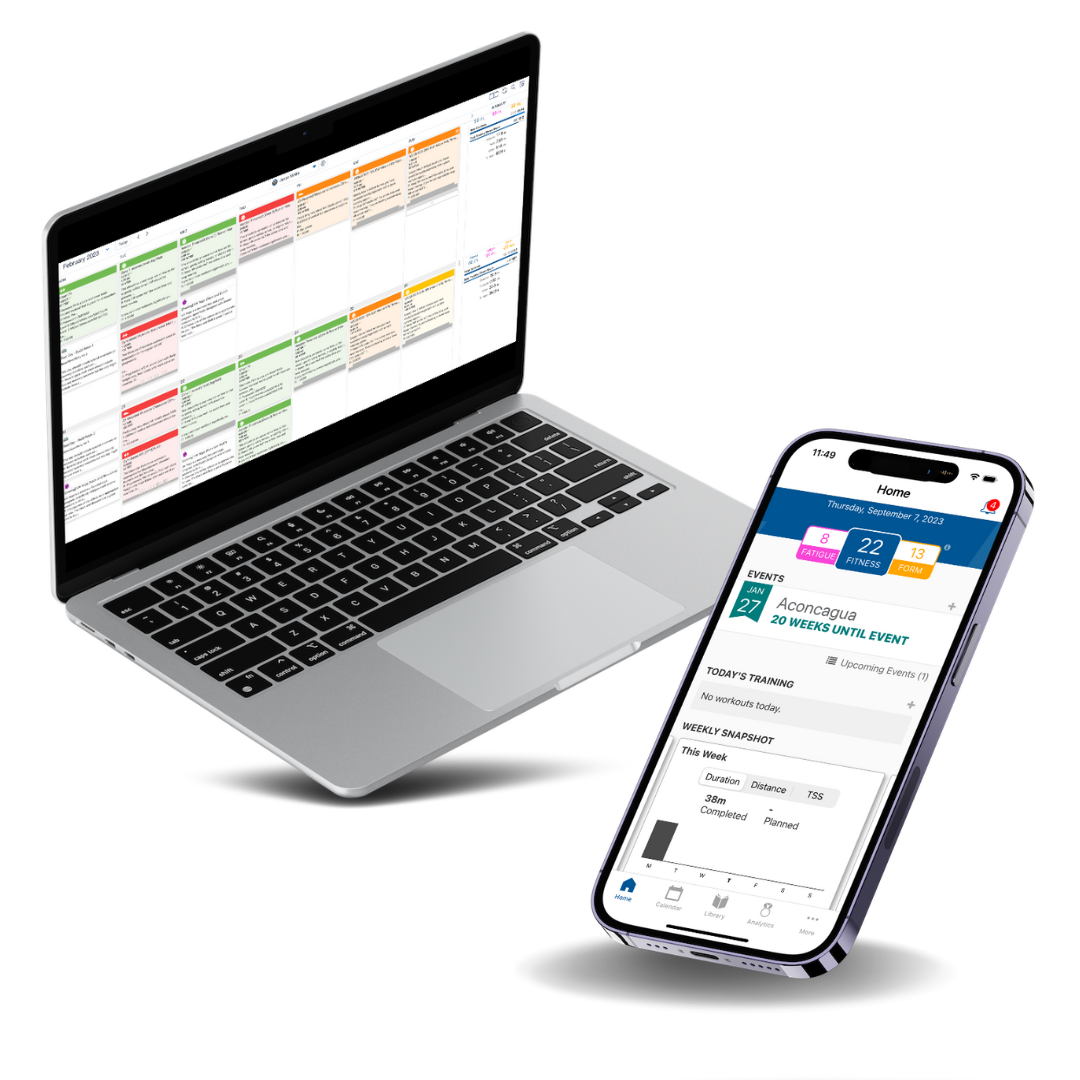TRAINING PLANS
Trail Running: Intro to Ultra Marathons
RPE-Based
This entry-level ultra plan will help you tackle your first 50km race with ease and confidence.
Step into ultra running.
This 20-week ultra running training plan is designed for individuals looking to improve their trail running performance or compete in their first 50km race. This plan begins at 25-mile weeks of easy aerobic running and builds to a 50-mile week that includes one high-intensity session.
The core of this training plan focuses on the two principal components of any ultra distance trail run: uphills and long distance. The plan follows the proven model of three building weeks followed by a recovery week to allow your body to absorb the training that preceded it. The plan takes you through two weeks of establishing a routine and fitness. Then, you move to an eight-week base period to solidify both general functional strength and the aerobic base you will need to support the hard work in the later weeks. You will then move into an eight-week running-specific strength period to boost your running power and muscular endurance on uphills. The final two weeks are a taper and rest period to prepare you for a trail run or race of around 30 miles/50 kilometers.
This plan is based on your RPE, or “Rate of Perceived Exertion,” where workout intensities are guided by how hard you are working based on your perception of effort (how hard the workout feels to you) rather than by heart rate. This plan is an adapted option for those who want to learn to calibrate their true effort levels in their workouts.
Whether you use an RPE-based or heart rate-based training plan, we recommend that you use a chest-strap heart rate monitor and GPS watch to log all your training.
Plan details
- Ideal introductory plan for those looking to enter the ultra-running world
- Gradual progression of long runs and speed workouts built for success
- Runner-specific strength workouts
- Buy it once. Own it forever. Unlimited Updates.
- Workouts uploaded to your smartwatch or GPS device*
- Email and forum support
- Easy-to-follow instructions
- Rate of Perceived Exertion chart included
*Apple Watch syncing is currently not supported for RPE plans.
Cover image by Martina Valmassoi.
To buy this plan, you will be taken to TrainingPeaks to complete your purchase.

All plans are delivered through TrainingPeaks, the most robust training tool available.
Built by Uphill athlete coaches with input from world-class runners
If you are looking to continue your ultra career, check out our Big Vert Ultra Marathon plan or our Multi-Day Stage plan. Make sure to take at least a few weeks of recovery and downtime before embarking on a new training journey.

